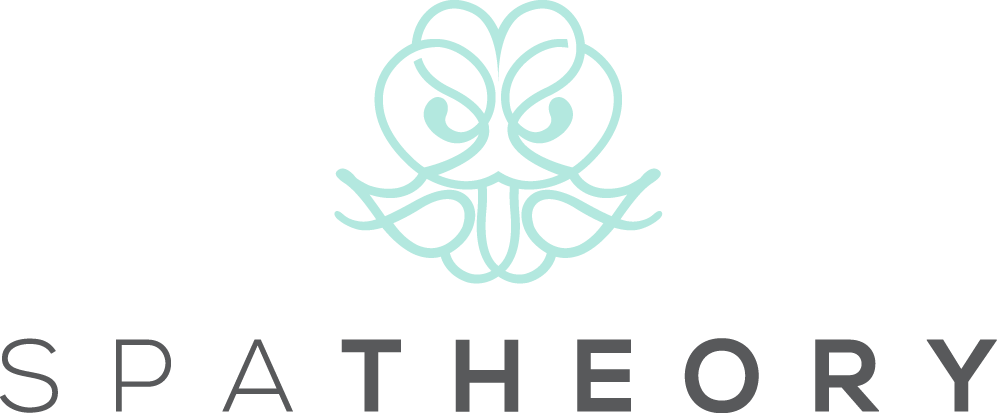Reiki VS Massage: Understanding the Key Differences
Both Reiki and traditional massage are two popular physical therapies in the world of holistic healing, and both are often sought out for their relaxation and stress-busting properties. But how do they differ in their origins, methods, and goals? For anyone considering incorporating these therapies into their wellness routine, understanding the distinctions between reiki vs massage can help you make an informed decision - so let’s take a closer look.
Reiki vs Massage: Origins and Philosophies
Reiki
Originating in Japan in the early 20th century, Reiki is a form of energy healing; the term "Reiki" translates to "universal life force energy," and is based on the belief that an unseen energy flows through every living being. When one's energy is low or blocked, it can lead to illness or stress; conversely, when it's high, they are more capable of happiness and health. Reiki practitioners channel this energy to promote healing and balance in the recipient.
Massage
Massage therapy's roots span various cultures and thousands of years, from ancient China to Egypt and beyond. At its core, a massage for full body involves manipulating the body's soft tissues using hands, fingers, elbows, or even devices, and the main philosophy behind massage is to relieve tension in the muscles, improve circulation, and promote overall relaxation.
Reiki vs Massage: Methodologies
Reiki
During a Reiki session, the recipient usually lies fully clothed on a treatment table, and the practitioner places their hands lightly on or just above the recipient's body, channeling energy. There's minimal physical touch involved, and it's not about manipulating the body's tissues.
Massage
Conversely, a massage session might involve various techniques, ranging from gentle strokes to deep tissue work, depending on the type of massage. While there are numerous styles like Swedish massage, deep tissue, and sports massage, all involve direct touch and manipulation of the body's tissues.
Reiki vs Massage: Goals and Outcomes
Reiki
The primary goal of Reiki is to balance and enhance the body's energy. Practitioners believe that by channeling positive energy into the recipient, they can activate the body's innate healing capabilities. Many recipients report feelings of warmth, relaxation, and emotional release during and after a session.
Massage
The objectives of massage therapy vary based on the type – for instance, a Swedish massage aims to relax the entire body, whereas a deep tissue massage targets specific problem areas. But broadly, massage aims to relieve muscle tension, reduce stress, alleviate pain, and promote relaxation.
Understanding the distinction between reiki vs massage helps individuals make an informed choice based on their personal needs. Whether one is seeking physical relief or a deeper emotional and energetic healing, both modalities offer pathways to well-being.
Reiki vs Massage: Benefits
Reiki
Emotional Healing: Reiki is often sought for its ability to provide emotional and spiritual healing, and can assist in releasing suppressed emotions, healing past traumas, and achieving inner peace.
Energy Balancing: By aligning and balancing the chakras (energy centers in the body), Reiki can restore harmony and balance, often leading to increased vitality.
Supports Medical Treatments: While Reiki should not replace conventional medical treatments, it can be a complementary therapy to promote relaxation, reduce side effects, and improve overall well-being during challenging medical processes.
Massage
Physical Healing: Massage can alleviate muscle soreness, improve circulation, and reduce physical tension. It's beneficial for athletes, those with physical jobs, or anyone experiencing muscle-related discomfort.
Stress Reduction: Regular massages can significantly reduce stress levels by lowering cortisol (a stress hormone) levels in the body.
Enhanced Flexibility: Through muscle manipulation and stretching, massage can improve flexibility and reduce the risk of injuries.
Reiki vs Massage: Which is Best for Me?
Ultimately, choosing between Reiki and massage depends on your own individual needs and objectives; if you’re specifically looking for physical relief from sore muscles or want to improve your physical well-being, a traditional massage might be the preferred choice. Conversely, for those seeking emotional healing, energy balancing, or spiritual growth, Reiki could be the ideal modality.
That said, the two are not mutually exclusive; it’s entirely possible to integrate both into your wellness routines - for instance, someone might opt for a massage to address physical discomfort and then follow it up with Reiki sessions to support emotional healing.
Reiki Massage VS Swedish Massage: What’s the difference
It’s important to note that Reiki massage is a hybrid therapy form that incorporates both Reiki energy healing and massage techniques. Conversely, Swedish massage is purely a physical manipulation technique focusing on relaxation and muscle tension relief. When deciding between the two, it boils down to whether one is looking for an integrated energetic and physical experience (Reiki) or a purely physical one (Swedish massage).
At-Home Spa Services in Miami
Whether you opt for Reiki or a traditional massage, why not have one in the comfort of your own home? Better yet, invite your partner and enjoy an at-home date night in your house, hotel room, or any other residence with the help of us at Spa Theory. We’ll send you a licensed couples mobile massage therapistand we’ll provide the massage table to boot - all you need to do is show up and get ready to relax!

